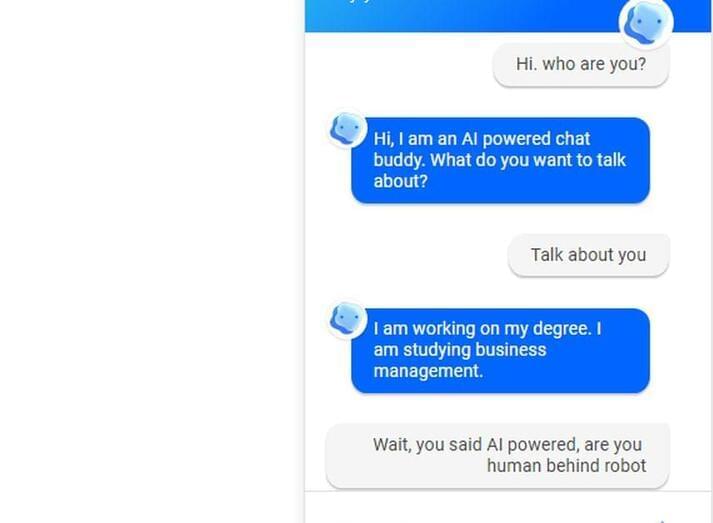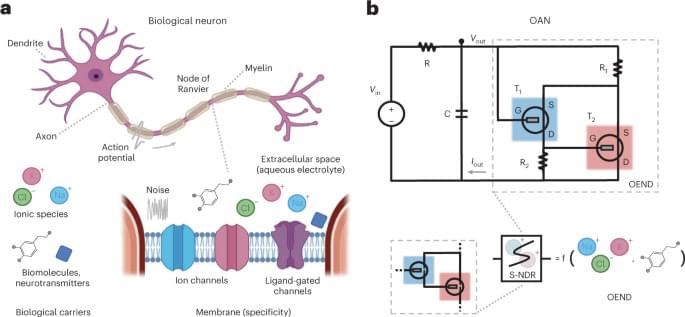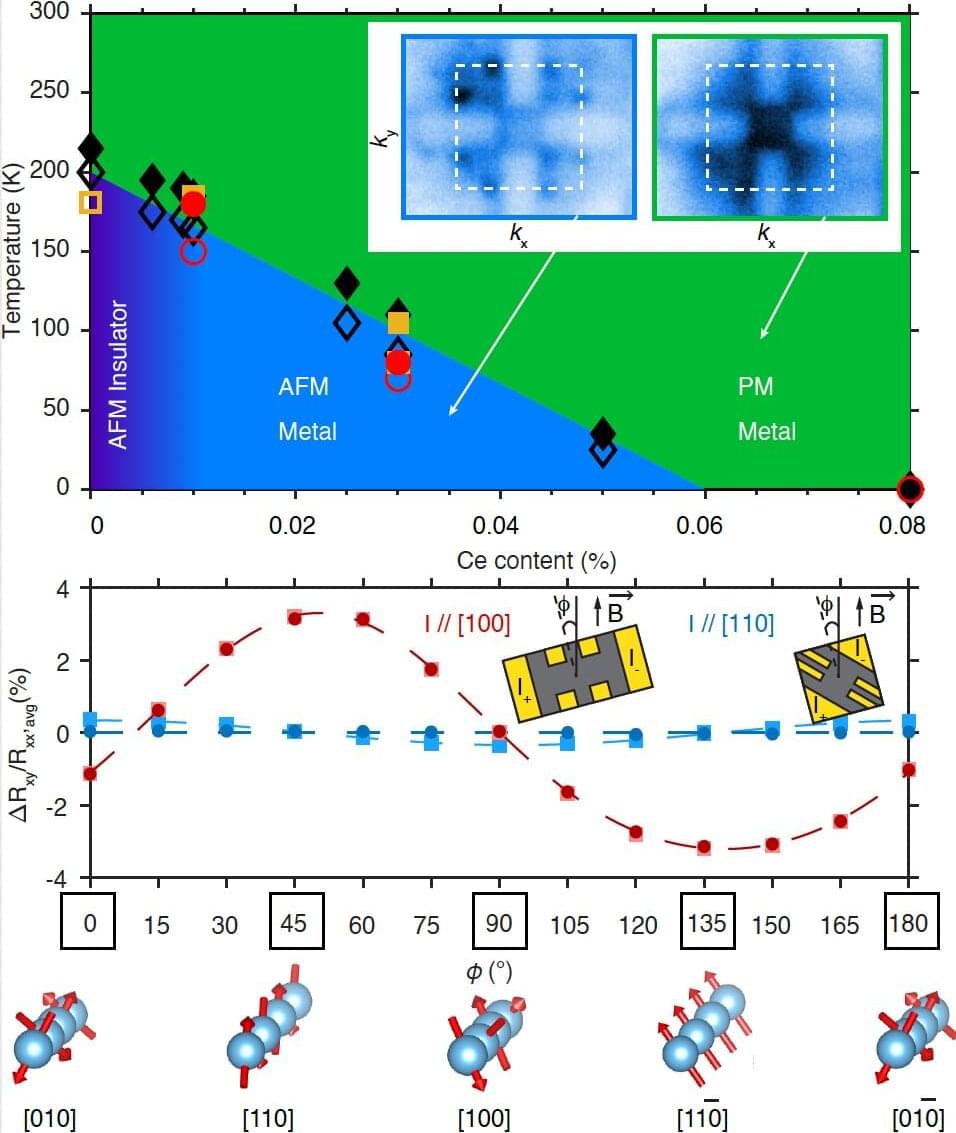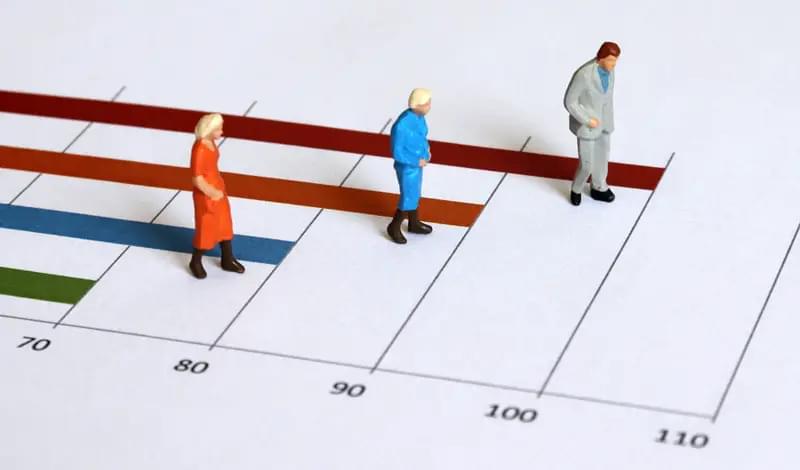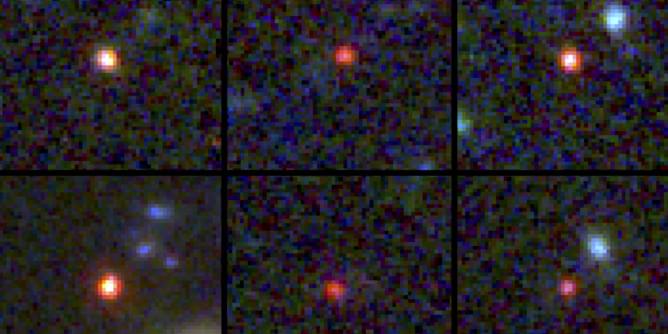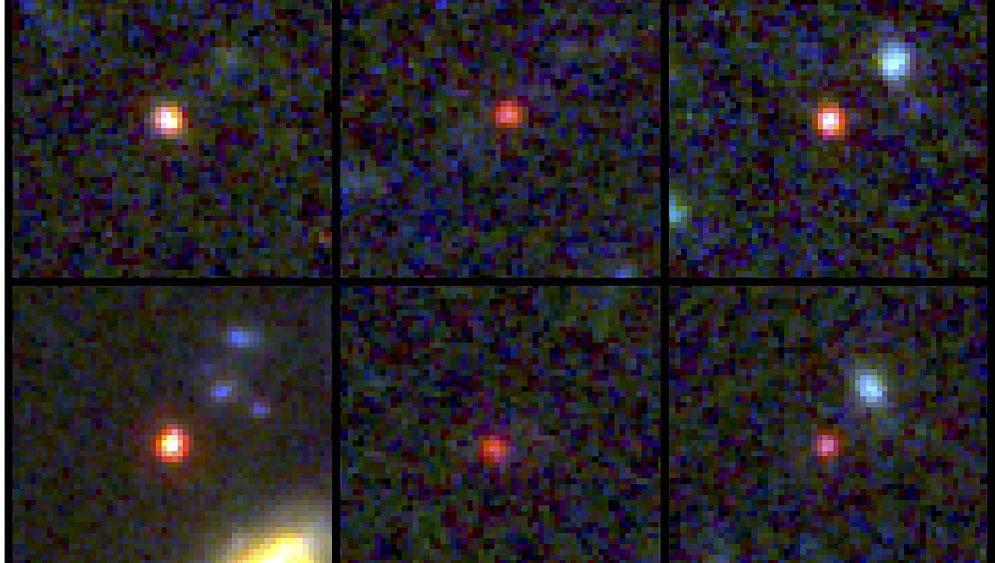Microsoft’s Bing AI chatbot history dates back at least six years, with Sydney first appearing in 2021.
Microsoft’s new Bing chatbot AI often refers to itself as Sydney because what you see today in Microsoft’s search engine is the result of years of work to make Bing chatbots a reality. Microsoft first started publicly testing its Sydney chatbot inside Bing in a small number of countries throughout 2021. The testing went largely unnoticed, even after Microsoft made a big bet on bots in 2016. In fact, the origins of the “new Bing” might surprise you.
Sydney is a codename for a chatbot that has been responding to some Bing users since late 2020.
Sydney first appeared in Bing in 2021.
